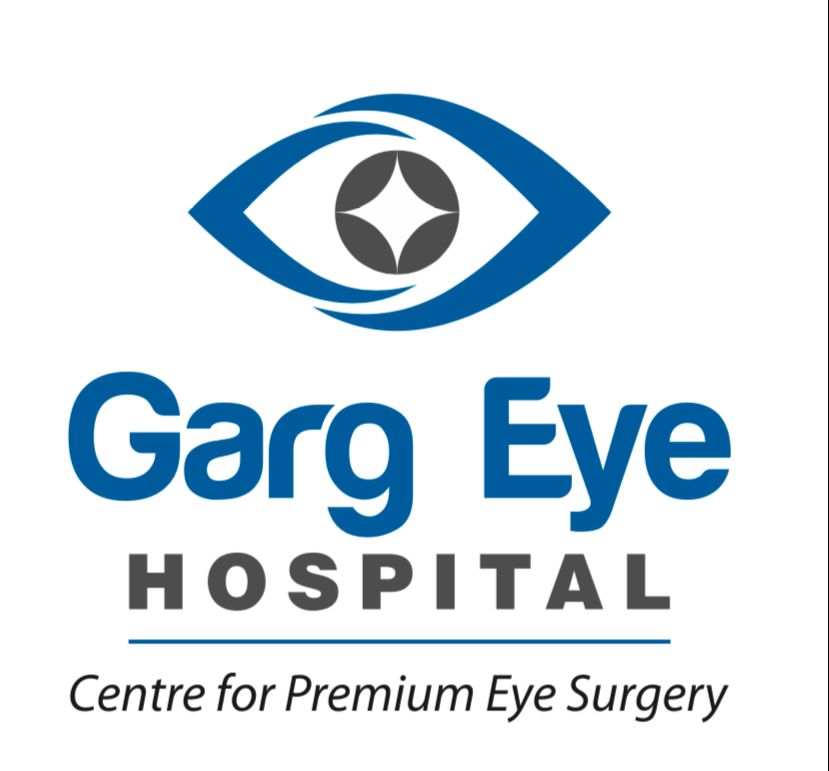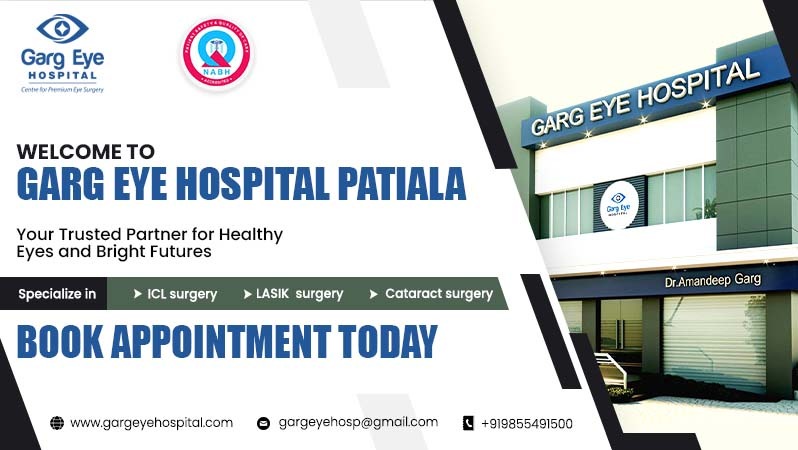Affordable Glaucoma Diagnostic Tests: Glaucoma is a class of eye diseases that harms the optic nerve, resulting of elevated intraocular pressure. It is one of the main causes of permanent blindness in the world. For effective treatment, it is advised for early detection and monitoring through diagnostic testing. In the early stages of Glaucoma, you might have gradual vision loss, tunnel vision, eye pain, headache, halos around lights, and blurred vision. Often asymptomatic in the early stages, regular eye exams are crucial for early detection. The following is a list of 10 affordable glaucoma diagnostic tests:
Best Glaucoma Diagnostic Tests to Opt
Tonometry
Tonometry evaluates the cornea’s resistance to pressure to calculate intraocular pressure (IOP). Increased intraocular pressure is a common cause of glaucoma. A popular technique called “applanation tonometry” involves applying a tiny amount of pressure to the cornea and using a device to quantify the force needed.
Ophthalmoscopy
Ophthalmoscopy involves examining the optic nerve head at the back of the eye using an ophthalmoscope. A change in the optic nerve’s appearance, like cupping or notching, may be a sign of glaucoma. An essential component of a thorough eye exam is this test.
Perimetry (Visual Field Test)
Perimetry assesses the visual field to detect any abnormalities that may indicate glaucoma-related damage. Patients respond to visual stimuli appearing in different areas of their visual field, and the results help identify any defects or blind spots that could indicate glaucomatous damage.
Gonioscopy
Gonioscopy evaluates the eye’s drainage angle to check if it is open or closed. This is essential in understanding the underlying causes of increased intraocular pressure. A special lens is used to visualize the angle between the cornea and iris, helping diagnose different glaucoma types.
Pachymetry
Pachymetry measures the thickness of the cornea. Central corneal thickness is a factor that can influence intraocular pressure readings. Thinner corneas may give falsely low-pressure readings, while thicker corneas may give falsely high readings. Understanding corneal thickness is crucial for accurate glaucoma diagnosis and management.
Optical Coherence Tomography (OCT)
OCT is a non-invasive imaging technique that captures high-resolution cross-sectional images of the retina. It provides detailed information about the optic nerve head and retinal nerve fiber layer, aiding in the early detection and monitoring of glaucoma progression.
Heidelberg Retinal Tomography (HRT)
HRT is another imaging technology used to assess the optic nerve head and measure the thickness of the retinal nerve fiber layer. It creates a three-dimensional map, allowing for a detailed analysis of structural changes associated with glaucoma.
Photography of the Optic Nerve Head
Photographs of the optic nerve head can be taken using fundus photography. These images serve as a valuable reference for monitoring changes in the optic nerve over time. Comparison of photographs can reveal any progression of glaucomatous damage.
Color Vision Testing
Changes in color vision can be an early sign of glaucoma. Color vision testing, such as the Ishihara Color Test, assesses the ability to perceive different colors accurately. Deficiencies in color vision may indicate optic nerve damage.
Corneal Hysteresis Measurement
Corneal hysteresis is used to measure the cornea’s ability to absorb and return energy. Lower corneal hysteresis has been associated with glaucoma progression. This test provides additional information about the biomechanical properties of the cornea, contributing to a comprehensive glaucoma evaluation.
It’s important to note that while these tests are valuable for glaucoma diagnosis and monitoring, a comprehensive eye examination by an eye care professional is essential for accurate assessment and personalized management. Additionally, the affordability of these tests can vary depending on geographic location, healthcare infrastructure, and individual healthcare providers. Regular eye check-ups, especially for individuals at higher risk of glaucoma, can aid in early detection and timely intervention, potentially preventing vision loss.



